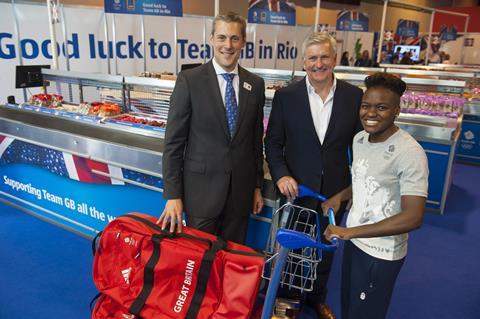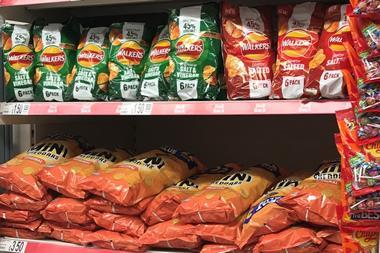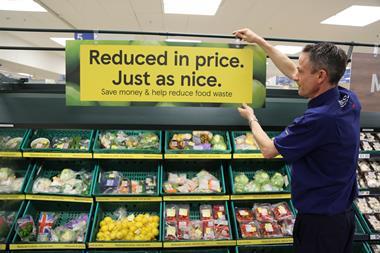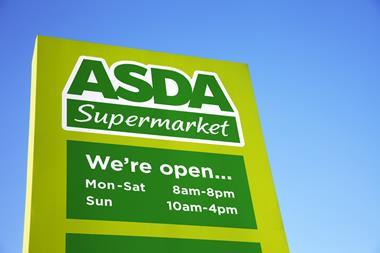
As we gear up for a thrilling summer of sports – and the countdown begins to July’s Olympics in Paris – fmcg retailers and manufacturers are poised to capitalise.
The summer games present a global spectacle that unites audiences of all ages. So the key thing to consider is: in a costly media and promotion landscape, is your demand forecasting and media strategy as sharp and targeted as it needs to be?
Circana’s latest Volume Vortex survey data of more than 3,000 consumers across Europe, US and South Africa reveals some surprising insights that manufacturers and retailers should be aware of, to ensure their promotional campaigns avoid falling at the first hurdle.
In today’s attention deficit economy, characterised by an overload of information and numerous media channels vying for limited consumer attention, it’s important to understand and respond effectively to shifts in consumer behaviour.
Engaged markets
High ticket costs, security worries, travel issues, and full holiday bookings are deterring 75% of consumers in major European markets, including the UK, from travelling to Paris for the games.
Brands with limited budgets should target semi-rural and holiday areas, where engaged audiences are still interested in the events, but away from busy cities. This strategy could lead to better marketing returns for retailers by focusing on less competitive, yet highly attentive, markets.
Family viewing
Traditionally, high-income consumers are expected to crowd bars and cafés for major sporting events. Our survey data tells a different story.
A notable 56% of high-income UK households say they’d prefer to watch the games at home – a trend that might surprise hospitality venues. This indicates nearly half (44%) of consumers are indifferent or will prefer watching out of home. Therefore, focusing on both out-of-home and at-home consumption presents a significant opportunity for grocery retailers and manufacturers.
Shifting consumer trends
Consumer trends towards at-home consumption offer positive opportunities for grocery manufacturers and retailers. As preferences shift, these sectors can thrive by adapting their offerings to meet the growing demand for premium, health-conscious foods and convenient delivery services.
Additionally, the rising interest in enhancing home entertainment with products like 4K TVs, air fryers, and coffee machines presents a significant market opportunity to cater to the lifestyle desires of consumers.
Shared spaces
With more people working from home, the office is transforming into a ‘destination’ where colleagues can gather to share experiences and enjoy events together. Over 20% of UK workers said they would actively follow results, despite busy schedules. Offering healthier, group-friendly food options in workplaces can create a communal, engaging atmosphere that enhances enthusiasm for the games.
The evolving consumer habits around major sporting events, particularly the summer games in Paris, offer numerous opportunities and challenges for brands and retailers. The key lies in recognising these shifts and innovatively adapting media and advertising strategies to meet new consumer demands.
By enhancing at-home experiences, rethinking delivery methods, or focusing marketing efforts on non-traditional locations like workplaces, offices, and holiday destinations instead of sports venues, the sporting arena offers abundant opportunities for those prepared to innovate and take decisive action.



![XOXO-Product-Shot[ALL FLAVOUR]-Sky-1920x1080](https://dmrqkbkq8el9i.cloudfront.net/Pictures/274x183/4/9/2/355492_xoxoproductshotallflavoursky1920x1080_806584_crop.jpg)















No comments yet